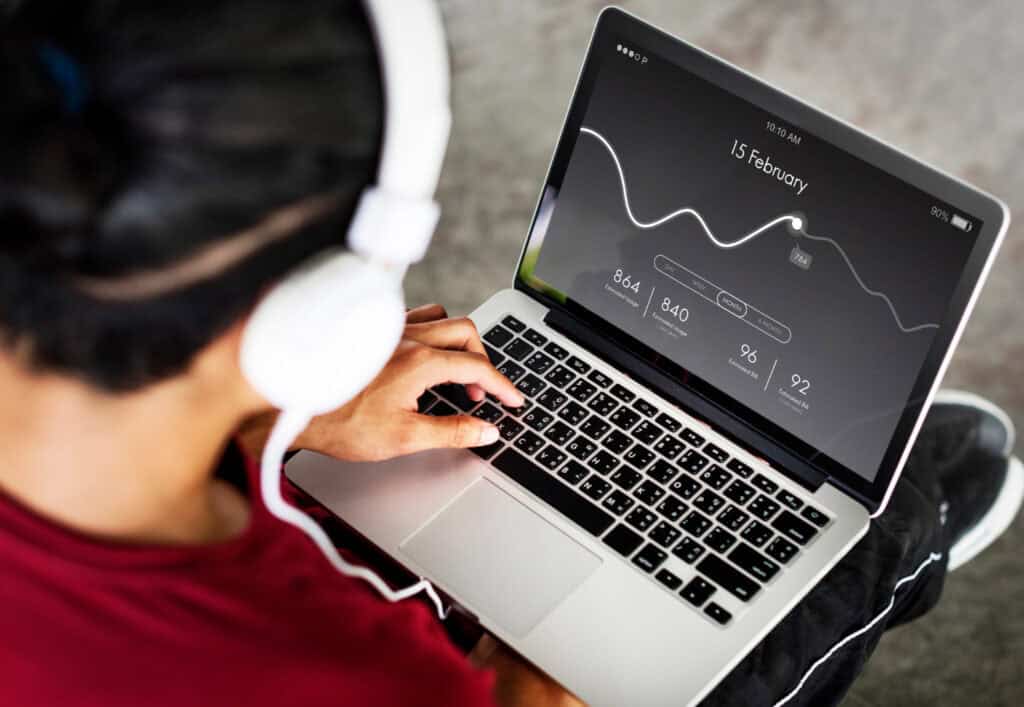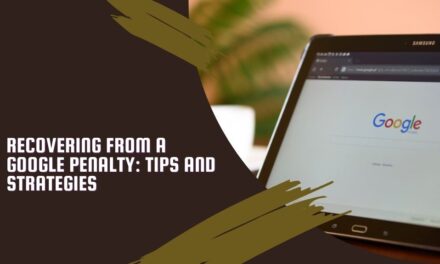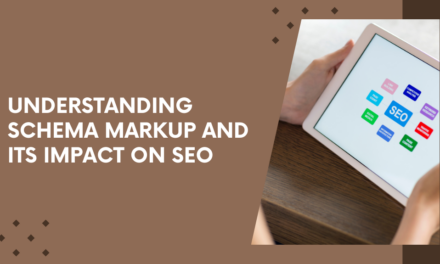A visually appealing website is only part of the equation in the competitive online space. The real success lies in merging great User Experience with strategic Search Engine Optimization. Design choices often have a direct impact on search rankings.
The Link Between UX and SEO: Why It Matters
Understanding the relationship between UX and SEO is key to developing a successful online presence. UX focuses on how users interact with a website, while SEO is centered on optimizing pages for search engines. These two concepts are interconnected because search engines now prioritize user satisfaction as a ranking factor.
When visitors arrive at a website and encounter challenges in navigating or interacting with it, they tend to exit swiftly. This raises the bounce rate, indicating to search engines that the website may not provide valuable content. A significant bounce rate can adversely affect search rankings.
On the other hand, a positive UX encourages users to spend more time exploring, which can increase dwell time—an important SEO metric. Additionally, pages that are well-organized, easy to read, and load quickly enhance both user satisfaction and search engine performance.
Ultimately, by focusing on improving UX, websites can indirectly boost their SEO efforts. For example, simplifying the layout, improving readability, and ensuring logical navigation help users and search engines understand content better.
How Page Load Speed Affects Search Rankings
Page load speed is a vital component of both UX and SEO. Users expect web pages to load instantly, and even a delay of a few seconds can lead to a poor experience. From an SEO standpoint, search engines, particularly Google, use page load speed as a ranking signal.
Websites that load faster tend to have lower bounce rates and higher engagement. Google’s Core Web Vitals—which include metrics like Largest Contentful Paint, First Input Delay, and Cumulative Layout Shift—specifically target aspects of page speed and interactivity.
Enhancing load speed requires multiple design decisions, including image compression, decreasing server response time, and limiting JavaScript. Designers ought to steer clear of messy layouts and bulky elements that may hinder a site’s speed. Maintaining a lightweight site enhances user satisfaction and indicates to search engines that it’s tailored for contemporary browsing behaviors.
By prioritizing page load speed, websites enhance both UX and SEO, creating a win-win scenario. Faster-loading pages improve user retention, engagement, and ultimately search rankings.

Mobile Responsiveness: A Necessity for UX and SEO
With mobile traffic surpassing desktop usage, having a mobile-responsive design is no longer optional. Mobile responsiveness ensures that a website adapts seamlessly to different screen sizes, providing an optimal viewing experience across devices.
Google’s mobile-first indexing indicates that the search engine chiefly utilizes the mobile version of a website for ranking and indexing purposes. A site that isn’t optimized for mobile may suffer from reduced search visibility. From a UX standpoint, users are more inclined to interact with content on a mobile-responsive website, resulting in extended session times.
Key elements of a mobile-responsive design include:
- Flexible grids and layouts: These automatically adjust to fit various screen sizes.
- Scalable images: Images should resize proportionally without distorting the design.
- Touch-friendly navigation: Buttons and links should be large enough to tap easily without accidental clicks.
Neglecting mobile responsiveness not only harms user experience but also damages SEO efforts. A well-optimized mobile site enhances usability and search rankings, making it a crucial design consideration.
Navigation and Internal Linking: Enhancing UX and Boosting SEO
Navigation plays a pivotal role in guiding users through a website. A well-structured navigation system ensures that visitors can find the information they need quickly and easily. From an SEO perspective, proper navigation helps search engines crawl and index content efficiently.
Internal linking—connecting to other pages within the same website—is a crucial element of navigation. It enhances user experience by offering extra resources and context, maintaining visitor engagement. Moreover, internal links share link equity across the website, assisting key pages in achieving higher rankings.
Best practices for improving navigation include:
- Keeping menus simple and intuitive.
- Using descriptive anchor text for internal links.
- Ensuring that important pages are no more than three clicks away from the homepage.
By enhancing navigation and internal linking, websites can improve both UX and SEO. Visitors stay longer, interact more, and search engines gain a clearer understanding of the site’s structure and content.
Readability and Content Structure: Key to Better UX and SEO
Readable content is essential for maintaining user engagement. Intricate sentences and thick paragraphs can confuse readers, resulting in increased bounce rates. From an SEO viewpoint, well-organized and clear content aids search engines in grasping a page’s subject more effectively.
Design choices that enhance readability include:
- Using headers and subheaders: These break content into digestible sections, improving scanability.
- Short paragraphs and sentences: These are easier to read and retain attention.
- Bullet points and numbered lists: These help present information clearly, though they should be used sparingly to avoid monotony.
- Contrasting text and background: Ensuring sufficient contrast makes the text easy to read across different devices.
Search engines favor well-structured content that aligns with user intent. By improving readability, websites enhance both UX and SEO, resulting in better engagement and higher search rankings.

Visual Design and Its Influence on Search Rankings
Visual design encompasses elements such as color schemes, typography, images, and layout. While aesthetics are important for creating a positive first impression, they can also impact SEO indirectly.
A chaotic design can overwhelm users and raise bounce rates, whereas a simple, minimalist layout promotes exploration. High-resolution images and videos boost engagement but need optimization to prevent site slowdown. Employing descriptive alt text for images enhances accessibility and aids search engines in comprehending visual content.
Effective use of white space, consistent branding, and intuitive design elements can elevate the user experience. When users find a site visually appealing and easy to use, they are more likely to stay longer, reducing bounce rates and signaling to search engines that the site offers value.
In summary, balancing aesthetics with functionality is key. A well-designed website that prioritizes user experience can positively influence search rankings.
Conclusion
The relationship between UX and SEO underscores the significance of intentional design choices. Websites that focus on user experience not only retain visitors’ attention but also enhance search visibility. By concentrating on aspects like page loading speed, mobile compatibility, navigation, ease of reading, and visual aesthetics, companies can develop a website that attracts both visitors and search engines.
Adapting to the evolving digital landscape means treating UX and SEO optimization as a continuous process. Regularly updating strategies to meet algorithm changes and aligning with both user expectations and search engine requirements is essential for sustainable rankings.












